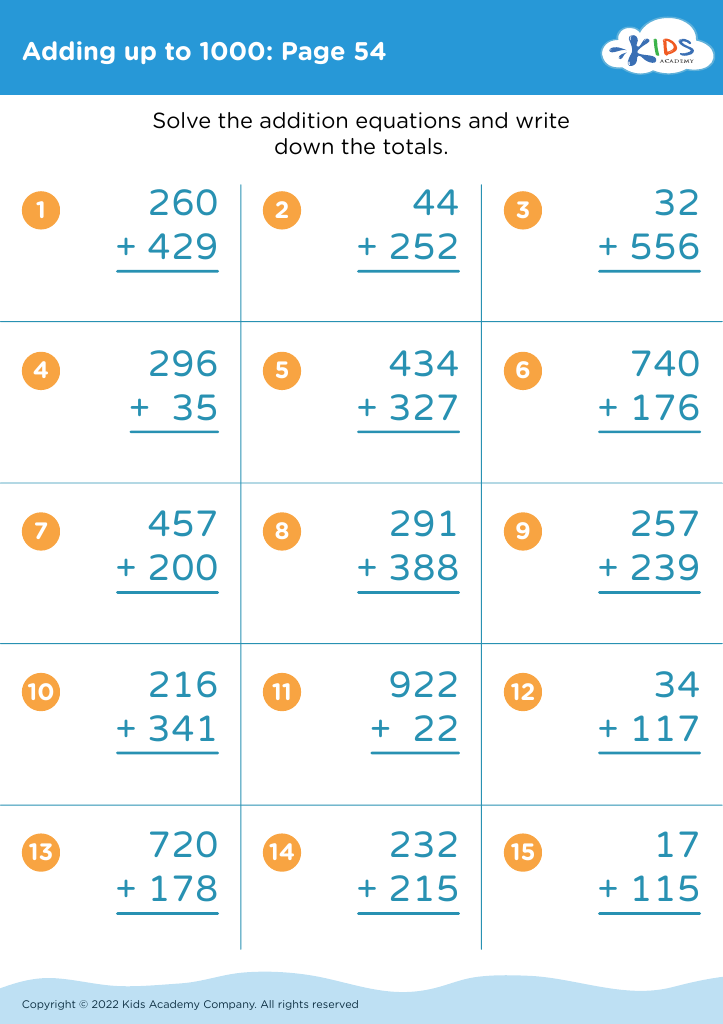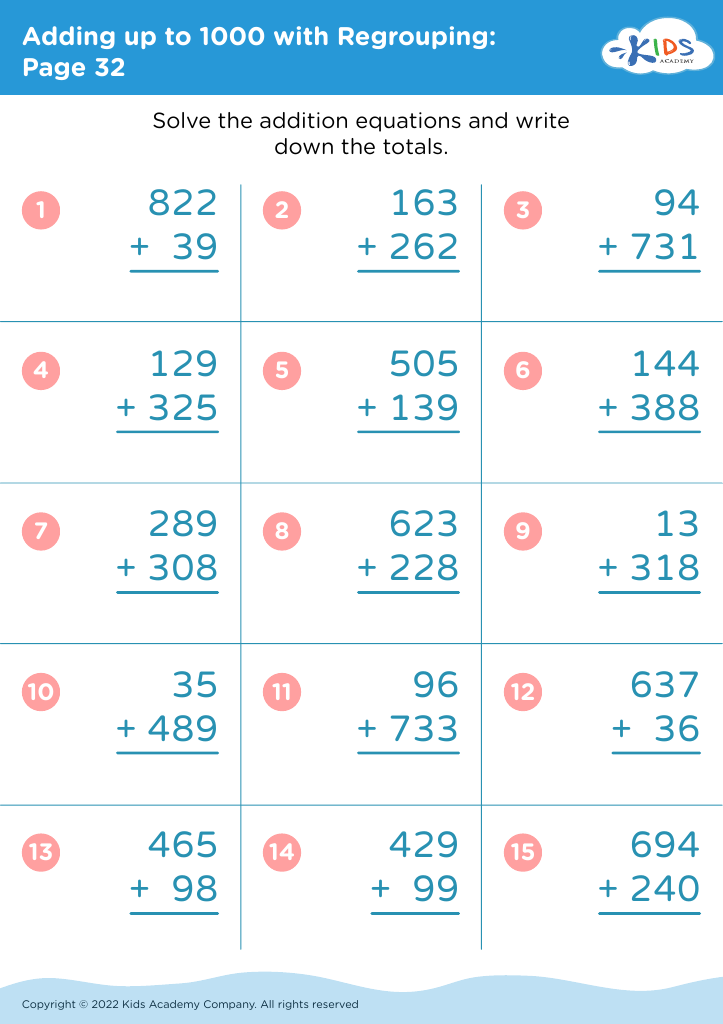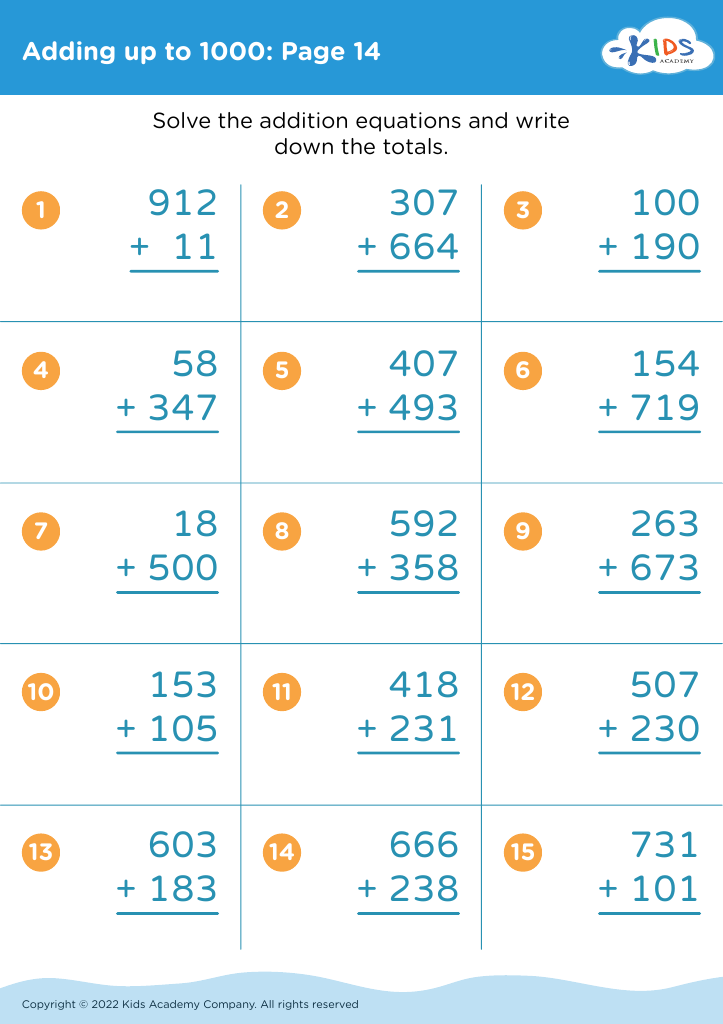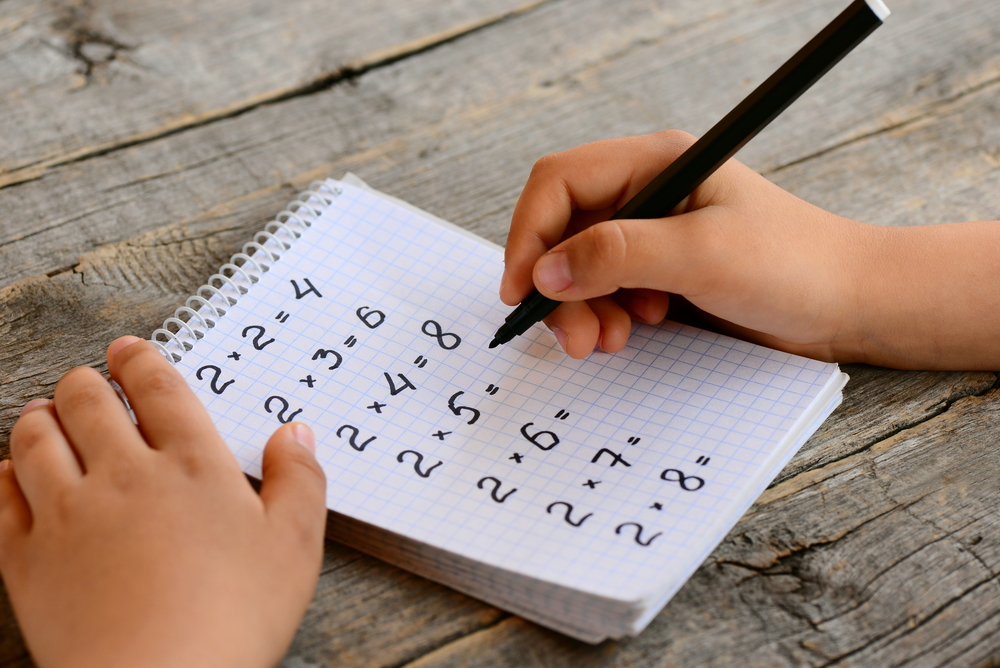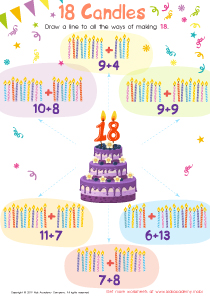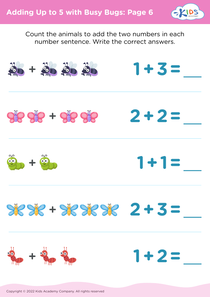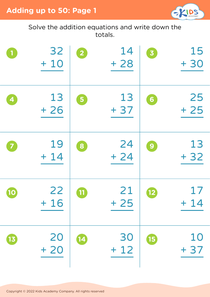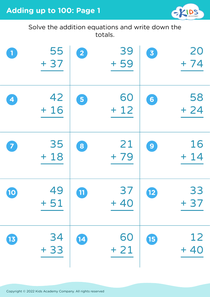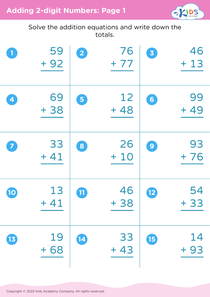Practice subtraction Adding up to 1000 Worksheets for Ages 5-9
3 filtered results
-
From - To
Discover our engaging "Practice Subtraction Adding Up to 1000 Worksheets" designed for children ages 5-9. These worksheets provide a fun and interactive way for young learners to strengthen their subtraction skills while working with numbers up to 1000. Each activity is crafted to enhance critical thinking and problem-solving abilities as children practice with vibrant and diverse exercises. Ideal for both classroom use and at-home learning, these resources cater to varying skill levels, ensuring all students can succeed. Boost your child’s confidence in math through repeated practice and build a solid foundation for future math concepts. Explore our worksheets today!
Parents and teachers should prioritize practice subtraction adding up to 1000 for children ages 5-9 because it lays a strong foundation for essential mathematical skills needed in everyday life and future learning. Mastery of subtraction not only enhances children's problem-solving capabilities but also builds their confidence in handling more complex mathematical concepts.
During this developmental stage, children are naturally exploring and experimenting with numbers. Engaging in subtraction challenges encourages critical thinking, logical reasoning, and cognitive development. It fosters a growth mindset, teaching children that persistence and effort lead to improvement.
Moreover, understanding subtraction up to 1000 equips children with practical skills for real-world applications, such as budgeting, measuring, and time management. It helps them grasp the idea of quantity, facilitating better comprehension of mathematics overall.
Collaborative practice between parents and teachers can enhance learning experiences. Interactive games, quick quizzes, and real-life scenarios provide diverse methods for practicing subtraction, making learning enjoyable. This engagement not only strengthens foundational math skills but also reinforces the bond between parents and educators, creating a supportive environment for young learners. Investing time in subtraction practice today lays the groundwork for academic success and lifelong learning.

